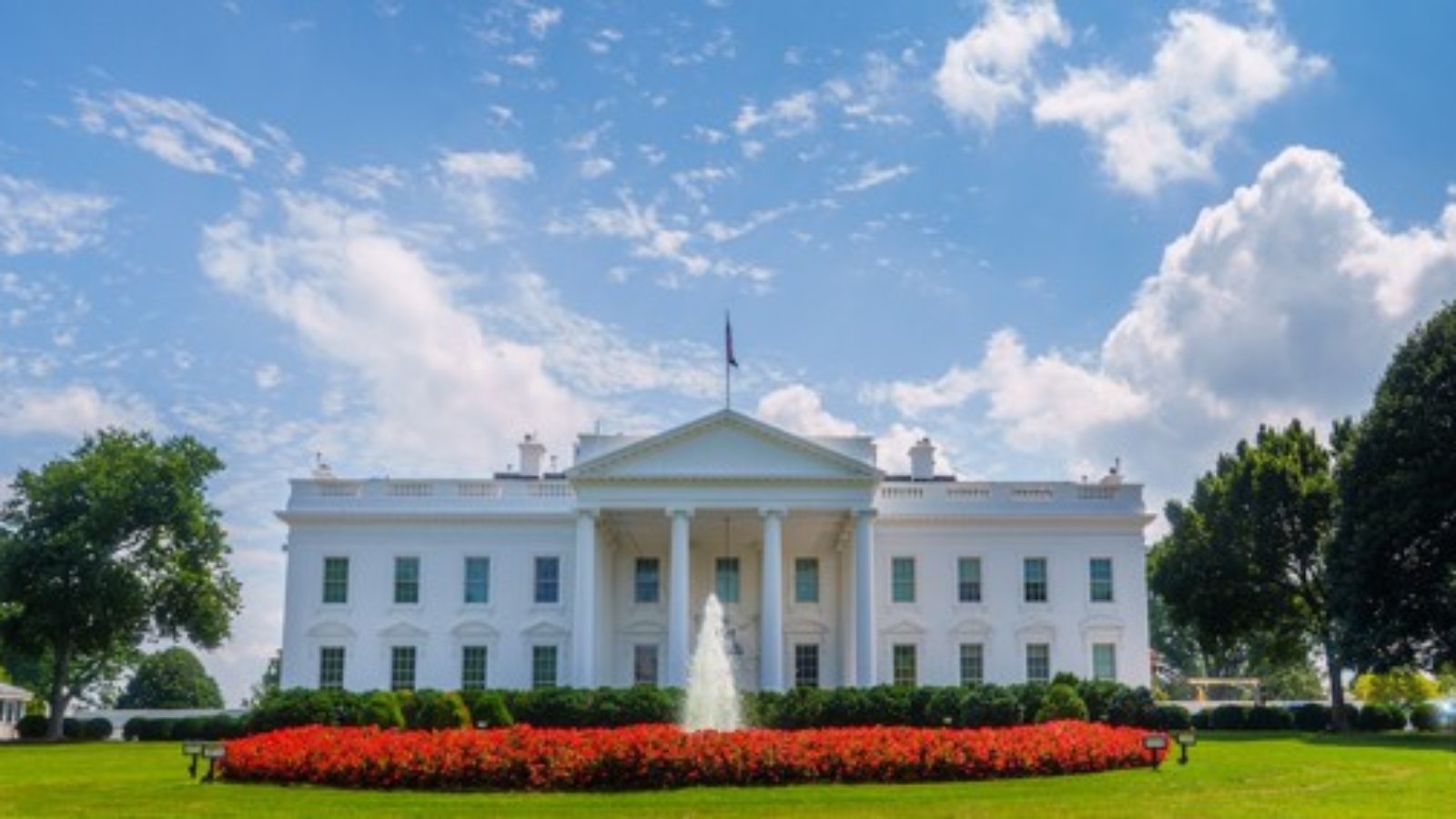The Biden administration has requested that Congress ensure spending on election security and presidential transition efforts can continue in the absence of a deal in Congress to fund the government in fiscal 2025, as well as the unusual step of reiterating its full budget request for the Social Security Administration, as the White House and lawmakers prepare for the possibility of needing a continuing resolution to keep the government funded past September.
Each August, as lawmakers inevitably run short on time to reach an agreement on how to fund the government for the next fiscal year beginning Oct. 1, the Office of Management and Budget sends a list of so-called “budget anomalies” that the White House would like included in a short-term continuing resolution.
Often, anomalies include items like renewing spending authorities and other short-term fixes for ongoing government programs or to ensure funding is available to implement planned initiatives during the term of the continuing resolution.
OMB submitted its list of requested budget anomalies to Congress last week. In the 30-page document, the Biden administration took the unusual step of requesting that the Social Security Administration’s administrative functions be funded at the rate of the president’s fiscal 2025 budget proposal of $15.4 billion. Without such an anomaly, the agency’s operations would continued to be funded at its current annual appropriation of $14.2 billion under a continuing resolution.
In its submission, which anticipates the need for a continuing resolution until “mid-December,” the White House said without additional funding, SSA will hit a half-century staffing low before the end of the CR.
“Language is needed to provide the Social Security Administration a rate for operations of $15.4 billion in the Limitation on Administrative Expenses account in order to improve current levels of customer service and avoid the lowest staffing levels in more than 50 years during the period of the CR,” OMB wrote. “SSA continues to face increasing workloads across its operations, and call volume typically peaks during the first quarter of the fiscal year.”
The message also includes a clearer picture of how a flat budget would further deteriorate service at the beleaguered agency: worse IT support for employees, the closing of some local field offices and the shortening of hours at others.
“Without the anomaly, SSA would be required to reduce funding for core information technology operations, including SSA’s network support,” the administration wrote. “In addition, SSA would likely reduce the hours field offices are open to the public and would need to close field offices over time, extending wait times for seniors and individuals with disabilities.”
The Social Security Administration is funded differently from most other federal agencies. The cost of administering Social Security retirement and disability benefits is paid for not through the U.S. Treasury, but directly from federal payroll taxes. For decades, that budget was set at 1.2% of benefit outlays, until President George H. W. Bush made it part of the discretionary budget process, and in recent years it has slid down below 1% of benefits.
Biden’s request is also noteworthy in that it remains higher than either chamber has thus far set aside for the agency in fiscal 2025. The appropriations bill in the Republican-controlled House calls for a $450 million cut from current funding levels next fiscal year, while the Senate’s legislation would impose a half-billion dollar increase.
The administration’s anomalies request also includes provisions that would ensure that the Presidential Election Campaign Fund and both the White House’ and General Services Administration’s presidential transition activities can continue to be funded ahead of the 2024 election. And it requests an additional $436 million for the Office of Personnel Management as the HR agency prepares to launch the Postal Service Health Benefits Program this fall.


